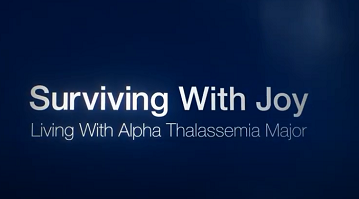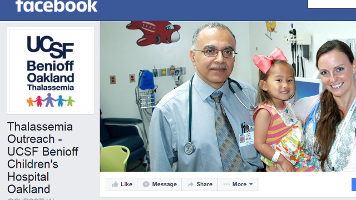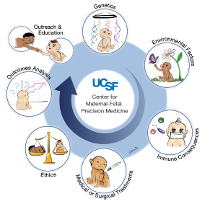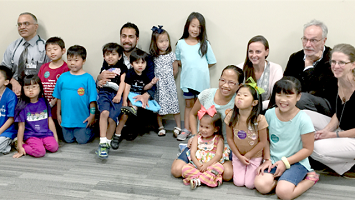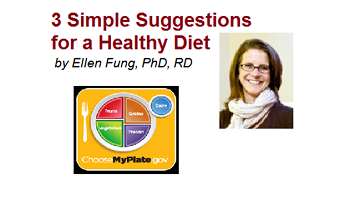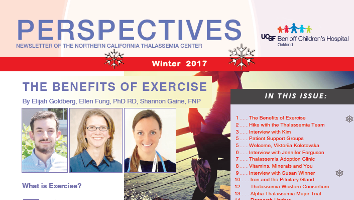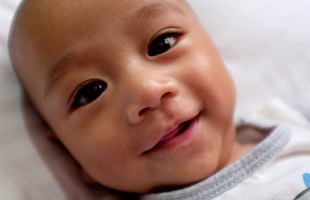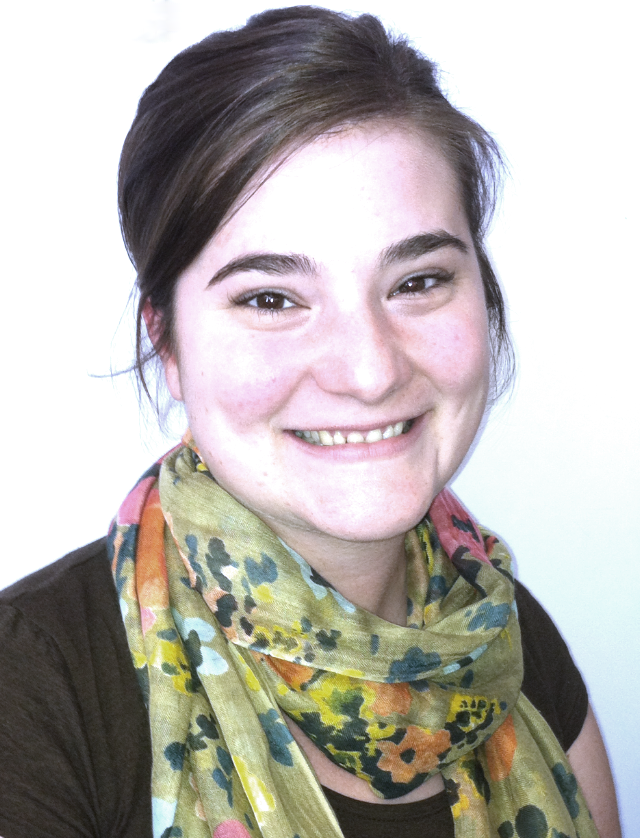
Liz Morasso, MSW
All You Need to Know about Transition
By Liz Morasso, MSW
August 2014
Within the last couple of years, transition has become a huge buzzword in the medical community, with transition-related programs popping up in the nation’s largest medical centers. But what is transition, and how does it relate to thalassemia care and patients’ overall well-being? This article is part 1 of a two-part series on transition relating to thalassemia. Part 1 will focus on the topic of transition and its relation to the care of thalassemia patients across the lifespan. Part 2 will address considerations for developing and sustaining transition programs in comprehensive thalassemia care centers.
What is transition anyway, and why is it important?
Transition is a fancy word for change or development. Within medical literature, transition is usually described as relating to both transition, or change, to adulthood, and the actual transfer of medical care to an adult facility or adult-centered care within a pediatric care center. Many have differing opinions on when transition starts; however, most facilities have recognized that transition begins at diagnosis. A patient (and/or family) is told that he or she (or their child) has a health condition, and from that point on, there will be many transitions.
Transition has become an area of interest for many researchers and clinicians, especially as so many patients with complex health conditions are responding to new treatments that have extended their lifespans beyond what was ever imagined. Conditions previously thought of as mainly pediatric diseases, including thalassemia and sickle cell disease, are now being seen in much older populations due to these improvements in disease management. Patients are living, even in the simplest way, with these conditions and experiencing new areas of life!
Transition and thalassemia
For many years, most transition programs focused on transfer—moving young adult patients to adult medical facilities. For some conditions, this is a relatively easy transition. A pediatric rheumatology patient moves to an adult rheumatologist who continues the patient’s care. Treatments and disease maintenance for thalassemia have exploded (in a good way) over the last few years, much to the surprise of adult hematologists never trained in complex care of thal patients. While moving to an adult specialist familiar with adult disease processes has its own complexity, moving patients to adult specialists with little knowledge of their disease can be even more difficult. In response to the emotions and logistics involved, the medical community has accepted that transition includes not only the physical transfer of care to an adult facility, but also preparing patients for all of the changes that they will experience throughout their transition to adulthood and other lifelong milestones. Examples of such changes may be a patient discussing more mature topics during a medical visit, going to college, starting a family, getting a job, navigating the health-care system, and enhancing relationships with family, partners, friends, and coworkers. It is now widely accepted that without transition preparedness, or preparation for the emotional and more tangible changes as we develop, transfer or change in focus to adult-centered care is even more difficult. Also, when patients aren’t feeling good about other areas of their lives, it decreases motivation to be an advocate or expert and follow through on medical needs.
How do I—or how does my child—get started on transition?
It is never too early, or too late, to start thinking about transition. Transition also looks different for each patient and family. As mentioned above, transition planning ideally starts at the time of diagnosis. In early stages of life, it may include ensuring proper insurance coverage, incorporating your child into medical visits, teaching your child about his or her disease, or connecting with other parents or advocacy groups for support. Early to mid-teens is a perfect time to hone in on issues around transition and transfer. It is never too early to ask your medical team about what adult care will look like for your child. This age group is ready to learn, especially if it is about themselves and their bodies. Education around patients’ disease process, as well as areas such as sexual/reproductive health and substance use is also helpful at this time. Patients in their late teens can begin to take on many responsibilities related to their health care. Though the parents are certainly not out of the picture, and really never will be, patients can begin to fill their own prescriptions, learn about their insurance, or consult with vocational rehab or their school counselors about educational and career interests. It is crucial to discuss adult care with your (and your child’s) providers at this time. Is there an adult facility that I will be changing to? What do I need to do to prepare for transition? How is adult care different, or if I am not changing to an adult facility, how might my care change? Adulthood is a perfect time for organization and exploration: organization, in terms of you and your child’s medical needs—do I have an ID? Health passport? Health records?—and exploration, in terms of, what are my relationships going to look like? Am I communicating my needs to those around me like my employer, health-care team, or partner? What does my support system look like? This stage never ends.
Thalassemia and celebration
Milestones throughout the lifespan that represent transition remind us that we are still here! By recognizing the importance of preparing for, and reflecting on, issues surrounding transition to the next phase of life or change in our medical care, we can better take in what is given to us—the good and bad. Transition is a reminder to celebrate. It is a reminder that we have come this far in our, or our children’s, journey. For everyone, whether they have a complex health need or not, this includes emotional and logistical successes and failures! As the medical community expands its interest in transition and transfer, it is important that thalassemia patients have a voice in what this looks like. This may mean becoming more vocal during your medical visits about planning for your or your child’s care or speaking with hospital representatives about incorporating more support around transition into your clinic. It can also include using the support systems around you to guide you through life’s toughest transitions. Child life specialists, social workers, or psychologists may help navigate difficult systems or situations for you and your family. Advocacy groups such as Cooley’s Anemia Foundation or Thalassemia Support Foundation also provide a community to assist with your transition and discuss issues related to transition and transfer for thalassemia patients. Remember, we are always transitioning, whether we like it or not. Let’s celebrate the ability to do so!
Liz Morasso, MSW, is a clinical social worker for the My VOICE Transition Clinic in the Division of Adolescent Medicine at Children’s Hospital Los Angeles (CHLA). She received her BA in psychology/education studies from Catholic University and Masters of Social Welfare from UCLA. Upon obtaining her MSW, Ms. Morasso served as clinical social worker for the Division of Hematology/Oncology at CHLA, where she specialized in psychosocial considerations for patients/families with genetic blood disorders. In 2013, Ms. Morasso became clinical social worker for the My VOICE Transition Clinic, a multidisciplinary transition-preparedness service located in the Division of Adolescent Medicine at CHLA. In addition to her clinical work, Ms. Morasso is also involved in initiatives across CHLA focusing on transition/transfer to adult health-care systems, insurance and access to care, and various advocacy projects aimed at transition-related capacity building for clinicians in the CHLA community. In her free time, she enjoys indoor cycling, swimming, and spending time with her husband and two cats, Gregory and Carla.

